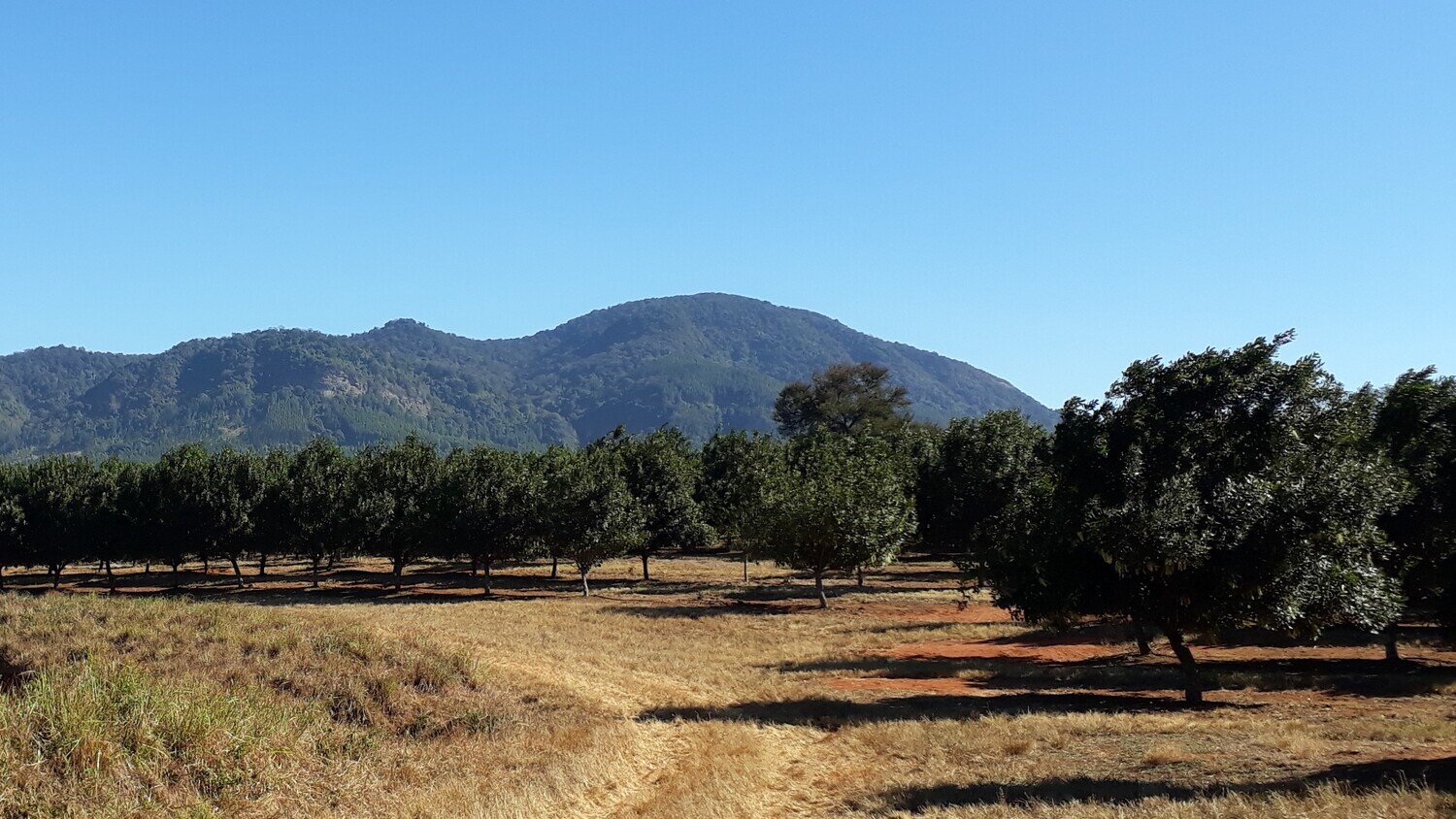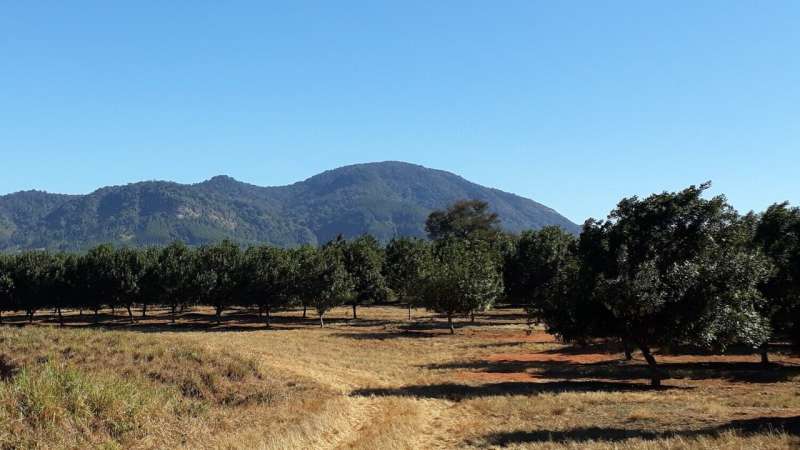

An international research team led by the universities of Göttingen and Hohenheim in Germany has gained new insights into how the interaction of birds, bees and bats significantly increases the quantity and quality of macadamia nuts. Furthermore, the effectiveness of their ecosystem services—pollination and biological pest control—depends on the altitude of the area and whether it provides natural habitats.
The University of the Free State and the University of Venda in South Africa were also involved in this research. The results are published in Ecological Applications.
“We used both observations and experiments to figure out how pollination and pest control—separately and together—affect plant production,” explains lead author Mina Anders from Göttingen University’s Functional Agrobiodiversity and Agroecology research group.
The pollination by insects increased the number of nuts by as much as four times compared to plants which relied just on wind pollination, and this significantly boosted yields. At the same time, birds and bats that feed on insect pests reduced insect infestation by an average of 40 percent, thereby improving the overall quality of the nuts.
Professor Ingo Grass, Head of the University of Hohenheim’s Department of Tropical Agricultural Ecosystem Ecology, emphasizes the importance of the composition of the landscape for improving these ecosystem services. “The benefits of pollination by insects were most noticeable in orchards where macadamia tree rows were oriented perpendicular to natural habitats. Meanwhile, the effectiveness of biological pest control decreased with elevation but was enhanced by the presence of nearby natural habitats.”
The research shows that pollination and biological pest control are essential and complementary ecosystem services, which can be optimized through smart plantation design and the protection of natural habitats.
Catrin Westphal, Professor of Functional Agrobiodiversity and Agroecology at Göttingen University, emphasizes the far-reaching implications of the study for sustainable agriculture. “By managing these ecosystem services together, we can transition to more sustainable agriculture. This will boost agricultural productivity while reducing the need for chemicals that endanger biodiversity.”
More information:
Mina Anders et al, Complementary effects of pollination and biocontrol services enable ecological intensification in macadamia orchards, Ecological Applications (2024). DOI: 10.1002/eap.3049
Provided by
University of Göttingen
Citation:
Birds, bees and bats working together means more macadamia nuts (2024, November 11)
retrieved 11 November 2024
from https://phys.org/news/2024-11-birds-bees-macadamia-nuts.html
This document is subject to copyright. Apart from any fair dealing for the purpose of private study or research, no
part may be reproduced without the written permission. The content is provided for information purposes only.

